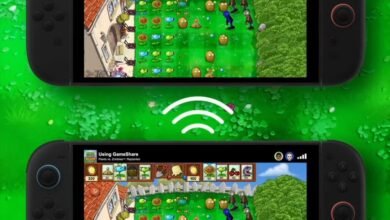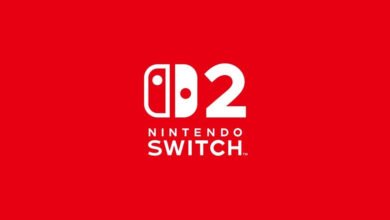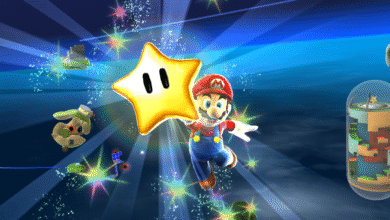Super Mario Party Jamboree’s Switch 2 Additions Shine, but Presentation Puzzles

▼ Summary
– The author disagrees with Eurogamer’s two-star review, believing Super Mario Party Jamboree is one of the better Mario Party titles in recent years.
– The Switch 2 edition splits content into two separate modes: the barely updated base game and the visually improved but siloed Jamboree TV.
– Jamboree TV introduces new minigames leveraging Switch 2’s input options, like Mouse Mode, but lacks features from the original game.
– GameShare allows multiplayer with one copy of the game, though it limits modes and minigames, making it ideal for portable play.
– The disjointed structure of the release, with inconsistent upgrades between modes, undermines the cohesion of the original game.
Super Mario Party Jamboree’s Switch 2 version delivers fresh content but stumbles with an oddly fragmented presentation. While the core experience remains engaging, the way Nintendo has packaged this updated release leaves much to be desired.
For those unfamiliar, Super Mario Party Jamboree originally debuted as a lively, well-structured party game that recaptured the chaotic fun of the franchise’s golden era. The Switch 2 Edition + Jamboree TV bundle attempts to expand on that foundation, but the execution feels disjointed. Instead of seamlessly integrating new features, players are greeted with a stark menu choice: the original Jamboree or the new Jamboree TV mode. These two options might as well be separate games, given how little they interact.
The base Jamboree portion offers minimal visual upgrades, sticking closely to its Switch 1 roots. Meanwhile, Jamboree TV, the major addition, boasts noticeable improvements, including enhanced minigames and a fresh TV-show format hosted by Toad. The inconsistency is jarring: some minigames appear in both modes but with drastically different polish, making the original version feel outdated by comparison.
Where Jamboree TV shines is in its inventive use of the Switch 2’s expanded controls. Mouse Mode, camera, and microphone features bring new life to minigames, though a few require additional accessories. The highlight, however, is GameShare, allowing players to connect multiple Switch systems with just one copy of the game, perfect for impromptu multiplayer sessions on the go.
Yet, the overall package suffers from a lack of cohesion. Jamboree TV operates as standalone DLC rather than a natural extension of the base game, stripping away features like record-keeping and certain modes. This haphazard structure undermines what made the original Jamboree feel like a complete experience.
Despite these quirks, the core gameplay remains a blast. Whether you’re orchestrating family game nights or fueling friendly rivalries among adults, Jamboree delivers the unpredictable, laughter-filled chaos the series is known for. The new additions, while flawed, add enough novelty to justify revisiting the game, just don’t expect a perfectly polished upgrade.
Nintendo’s approach here raises questions about future Switch 2 re-releases. If this is the template, bolting on new content without full integration, it risks alienating fans who crave seamless, thoughtfully designed experiences. Here’s hoping future updates learn from Jamboree’s missteps while keeping its infectious fun intact.
(Images courtesy of Nintendo)
(Source: EUROGAMER)





